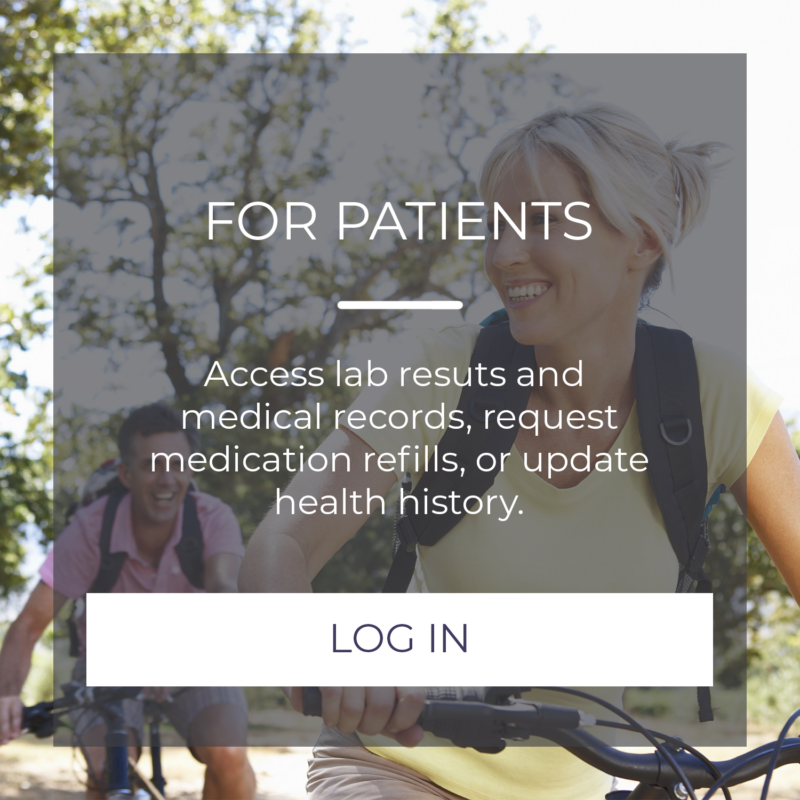Remove Damaged Veins.
Vein ligation, as the name implies, essentially means tying off varicose veins through small incisions made in the skin in the affected areas. Vein stripping refers to the removal of larger varicose veins in a similar manner.
Vein ligation is a minimally invasive procedure that corrects venous insufficiency, or reflux, in the legs. Venous insufficiency occurs when the leg veins do not allow blood to travel back to the heart from the lower extremities. Problems with valves in the veins can cause the blood to flow in both directions, not just toward the heart. Valves that are not working properly can cause blood in the legs to pool and if left untreated, pain, swelling, and leg ulcers may result. Dr. Laura Garvey at the Vein Center at MetroDerm specializes in vein treatment and vascular surgery and can comfortably correct venous insufficiency in your legs.
Causes
Venous insufficiency is more common among people who are obese, pregnant, or who have a family history of the problem. Individuals who have had trauma to the leg through injury, surgery, or previous blood clots are also more likely to develop the condition. Other causes include the following:
- High blood pressure in the leg veins over a long period of time
- Sitting or standing for prolonged periods
- Lack of exercise
- Smoking
- Deep vein thrombosis
- Phlebitis (swelling and inflammation of a superficial vein, usually in the legs)
Symptoms of Vein Reflux
- Swelling of legs and/or ankles
- Tight feeling calves or itchy painful legs
- Pain during walking that stops with rest
- Brown-colored skin particularly near the ankles
- Varicose veins
- Leg ulcers that are sometimes resistant to treatment
About the Procedure
The vein ligation procedure involves tying off the vein so that blood flow reroutes to nearby healthy veins for improved circulation and is performed at the Atlanta/Sandy Springs office under local anesthesia. There is minimal post-procedure discomfort and most patients are able to return to work the day following the procedure.
Prior to the procedure, Dr. Garvey will create a specific treatment plan based on each patient’s health criteria:
- Age
- Overall health/medical history
- Extent of the disease
- Tolerance for specific medications, procedures, or therapies
- Signs and symptoms
- Expected disease progression
- Patient’s personal opinion or preference
Vein Ligation Aftercare & Recovery
Following the procedure, Dr. Garvey may recommend lifestyle changes to improve a patient’s vein health.
- Elevate the legs to reduce pressure in leg veins
- Keep legs uncrossed when sitting
- Physical therapy
- Regular exercise
- Compression stockings to help blood flow
- Medication
Each patient is unique; therefore, results may vary.












